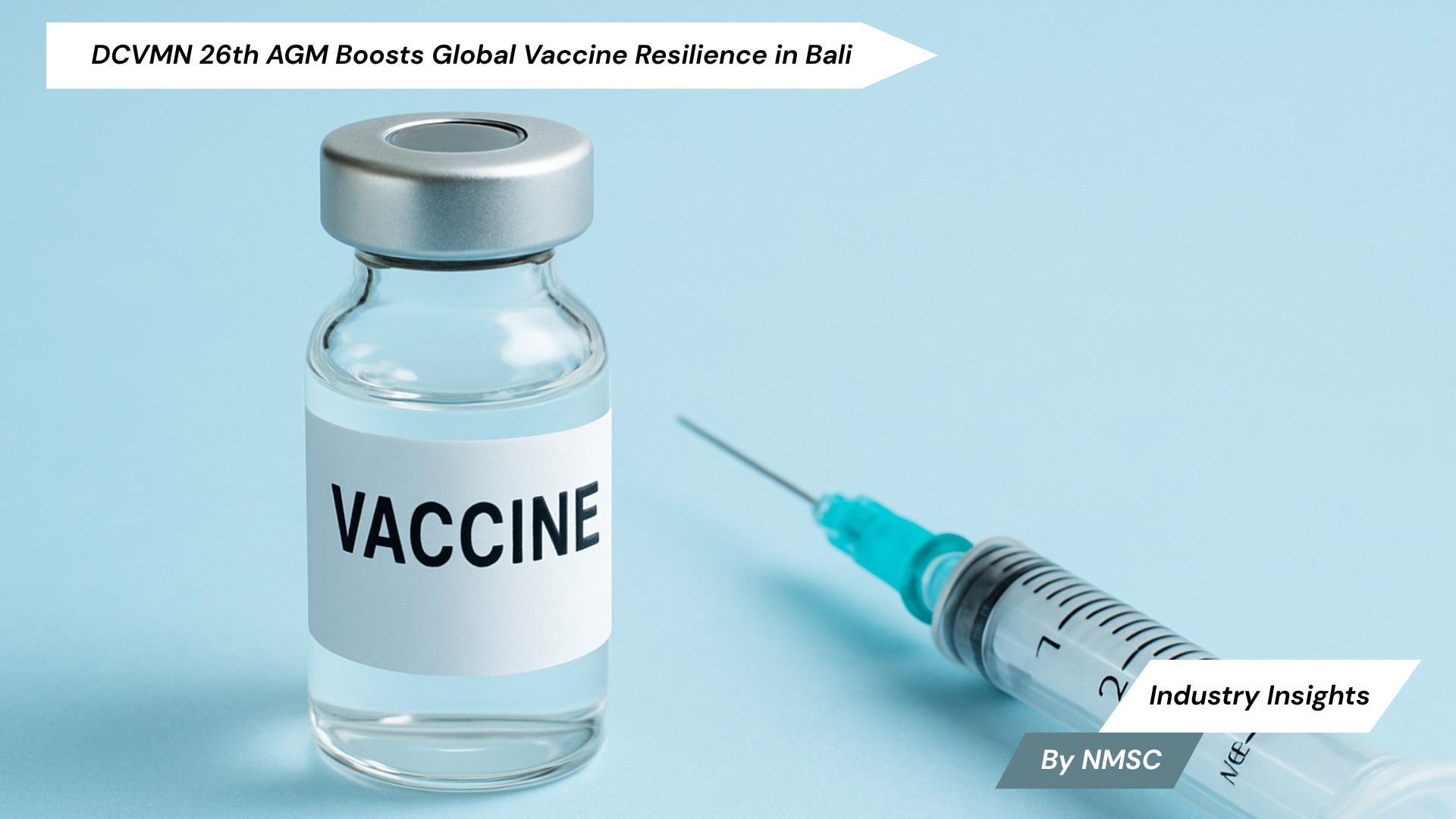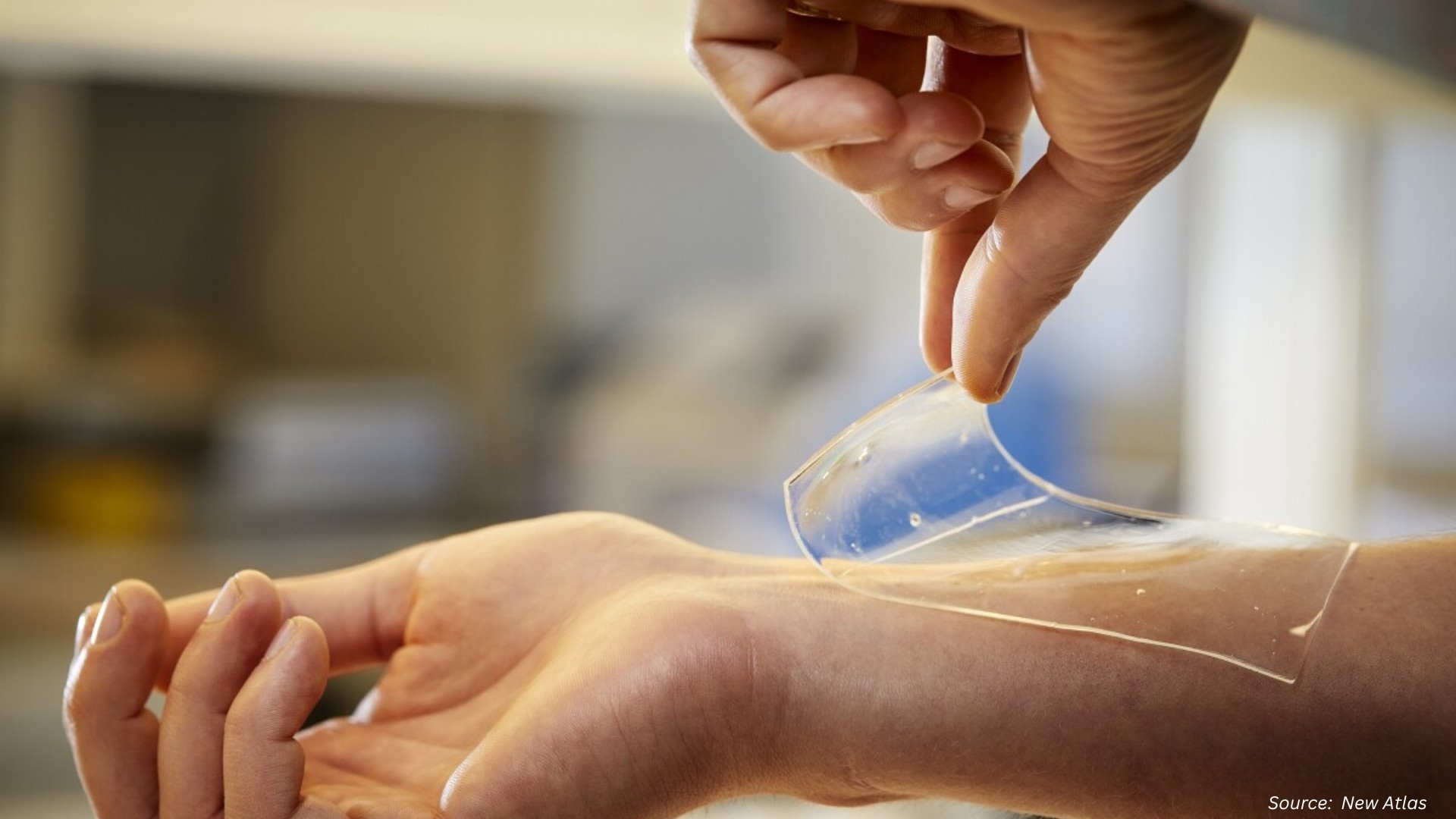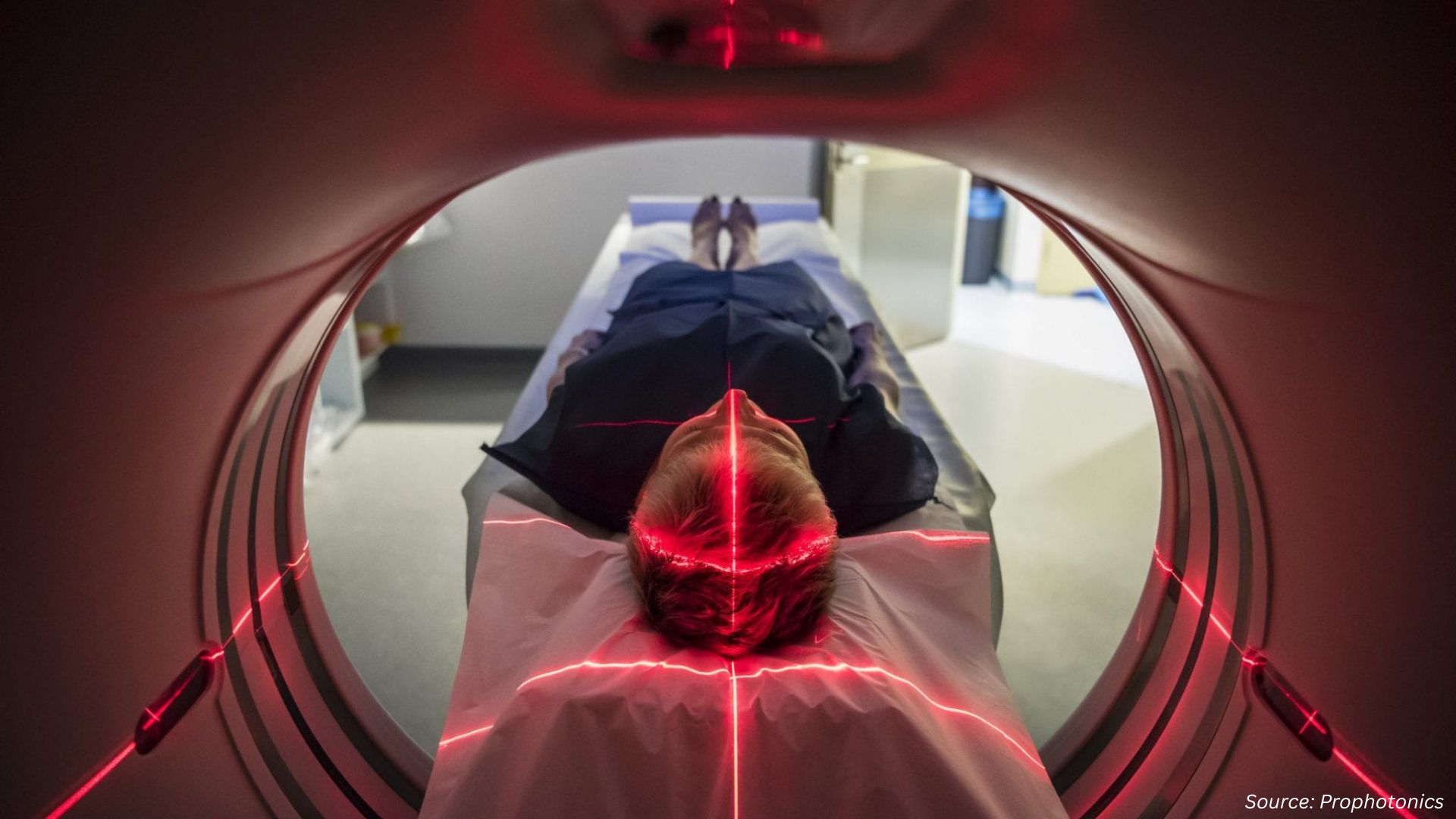The Global Peripheral Artery Diseases (PAD) Devices Market is expected to reach USD 7.70 billion by 2030
Published: 2025-01-24
The rising incidence of diabetes and obesity will propel the Peripheral Artery Diseases (PAD) Devices market during the forecast period.
The global Peripheral Artery Diseases (PAD) devices market is valued at USD 4.64 billion in 2023 and is predicted to reach USD 7.70 billion by 2030, with a CAGR of 7.5% from 2024 to 2030., according to new research by Next Move Strategy Consulting.
The global increase in diabetes and obesity rates is closely associated with a heightened risk of peripheral artery diseases (PAD), leading to a consequential rise in the demand for PAD devices. These health conditions are intricately linked to atherosclerosis, which, in turn, elevates the incidence of PAD and creates a demand for these devices.
The statistics from the International Diabetes Federation (IDF) reveal a significant and concerning trend in the global prevalence of diabetes. In 2021, an estimated 537 million adults aged 20 to 79 are living with diabetes which is expected to reach 643 million by the year 2030.
Furthermore, in March 2022, the World Health Organization reported that over 1 billion individuals globally are diagnosed with obesity, comprising 650 million adults, 340 million adolescents, and 39 million children. This figure continues to rise, and the WHO projects that by 2025, about 167 million individuals, encompassing both adults and children, will experience a decline in health due to being overweight or obese.
This heightened incidence underscores the necessity for specialized devices tailored to effectively manage and treat the intricate challenges posed by the confluence of diabetes, and obesity. Consequently, as the prevalence of diabetes and obesity continues to rise, the demand for innovative PAD devices is propelled, driving growth within the Peripheral Artery Diseases Devices Market.
Moreover, the rising global elderly population significantly impacts the increased occurrence of peripheral artery diseases (PAD), consequently generating a heightened demand for associated medical devices and contributing to the growth of the Peripheral Artery Diseases Devices market.
According to the most recent World Health Organization report in 2022, the global population aged 60 and above reached 1.4 billion in 2020, a number expected to rise to 2.1 billion by 2050. This demographic transition underscores the necessity for specialized medical devices tailored to address the distinct challenges presented by peripheral artery diseases in older individuals, thereby shaping the expansion and advancement of the PAD Devices market.
However, the high costs associated with Peripheral Artery Disease (PAD) devices pose a significant constraint on the market. These advanced medical devices, designed to diagnose and treat PAD, involve sophisticated technology and materials, contributing to elevated production costs.
On the contrary, the integration of Artificial Intelligence (AI) in PAD devices is expected to create ample growth opportunities as AI algorithms can analyze complex medical imaging data, facilitating timely and accurate diagnoses.
As an example, in October 2023, Evident Vascular Inc. introduced AI-enabled intravascular ultrasound technology. This innovation captures detailed images within a patient's blood vessels, allowing for the assessment of vascular diseases and improving the interpretation of images. This development underscores the potential for future opportunities in refining diagnostic capabilities, fostering personalized treatments, and revolutionizing the landscape of vascular care.
Request for a Sample PDF on the PAD Devices Market
According to the report, leading players in the Peripheral Artery Diseases (PAD) devices market include Abbott Laboratories, Boston Scientific Corporation, Cardinal Health, Inc., Terumo Corporation, Cook Medical, Becton, Dickinson and Company (BD), Koninklijke Philips N.V, AngioDynamics, Inc., Biotronik, and B. Braun Melsungen AG, and Others. These market players are adopting various strategies such as collaboration and product launches across various regions to maintain their dominance in the Peripheral Artery Diseases (PAD) devices market.
For instance, in January 2022, Cook Medical secured Breakthrough Device designation from the US Food and Drug Administration (FDA) for a novel drug-eluting stent designed specifically for below-the-knee (BTK) applications. This innovative stent is crafted to address the needs of patients grappling with chronic limb-threatening ischemia (CLTI). CLTI represents a debilitating condition with increasing prevalence worldwide, and this development from Cook Medical is part of the ongoing advancements in the peripheral artery disease (PAD) program.
In addition, in September 2022, B. Braun Medical Inc. (B. Braun), a prominent authority in the fields of infusion therapy and pain management, officially declared its acquisition of the cutting-edge Clik-FIX catheter securement device portfolio from Starboard Medical, Inc. This strategic acquisition by B. Braun aligns seamlessly with the company's established legacy of pioneering product and program innovations, aimed at advancing the patient experience and optimizing outcomes associated with peripheral intravenous (IV) therapy.
Key Insights from the Peripheral Artery Diseases (PAD) devices market Report:
-
The information related to key drivers, restraints, and opportunities and their impact on the Peripheral Artery Diseases (PAD) devices market is provided in the report.
-
The value chain analysis in the market study provides a clear picture of the roles of each stakeholder.
-
The competitive analysis of the market players along with their market share in the Peripheral Artery Diseases (PAD) devices market is provided in the report.
















Add Comment